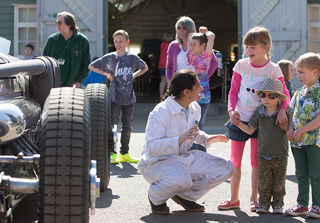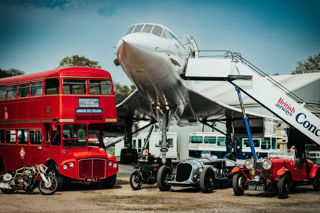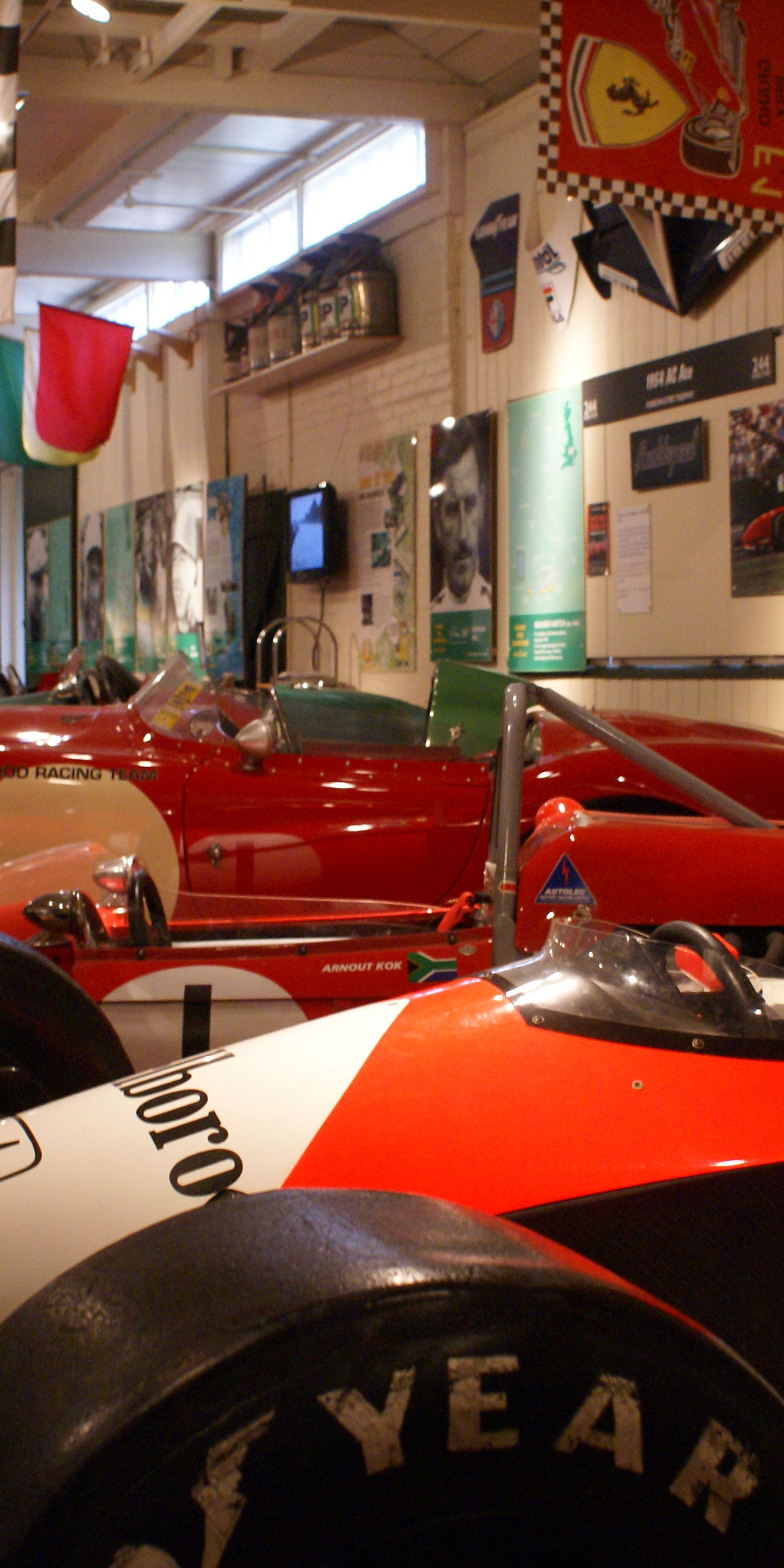Volunteer
Join our Volunteer Programme and become part of a dynamic team dedicated to preserving history and inspiring future generations. Our volunteers engage in diverse roles across the Museum, receiving comprehensive training and support. We value the incredible contributions of our volunteers and strive to provide a fulfilling experience.
We welcome volunteers from all backgrounds and are committed to increasing diversity, especially encouraging more women to join us. Enjoy benefits like making new friends, learning new skills, and contributing to the Museum’s success.
Be part of something extraordinary!

Find the perfect role
We are a charity and the support of our team of volunteers helps us to keep the spirit of Brooklands Alive. Register your interest in joining us in a variety of volunteering roles, by completing the form below.
Minimum age for volunteering is 18 years.

Duke of Edinburgh Award
You can contribute to keeping the spirit of Brooklands alive, develop new skills and gain experience, as part of your Bronze, Silver or Gold DofE.
To apply please complete our online Duke of Edinburgh Registration Form. On receipt of your Registration Form our DofE Coordinator will be in touch.
Minimum age requirement is 14 years.
More about volunteering as a steward
